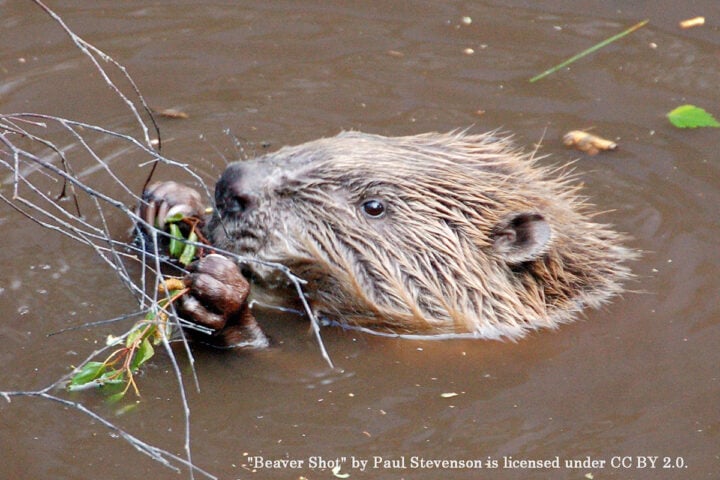While climate problems may seem too big to tackle, people all around this great nation are taking action. This week’s column looks at: NEBRASKA and the question is: What’s in the 2023 Farm Bill and how will its impact be felt in this beef & breadbasket state?
The work of the 117th Congress will come to a close at the end of this year but not before mid-term elections determine who will sit on Congressional Agriculture Committees that will draft the 2023 Agriculture Improvement Act (aka the Farm Bill), one of the bigger bills due to come up in the next session of Congress. Up for renewal every 5 years, it’s one of the most important pieces of public legislation that Congress handles.
The journey to the 2023 Farm Bill was launched in April, with public hearings throughout the US and briefings in Washington, DC. Drafting the legislation holds bipartisan (and bicameral) interests because, well, everyone has to eat, right? Both House and Senate Ag Committees work together on the final version of the bill. After the midterm elections, we’ll learn who will spearhead this effort. Watch for it: if Republicans take the House, PA Rep. Glenn “GT” Thompson will be in charge of the House Ag where the bill starts.
Major recent events will resound in the new Farm Bill, namely: the war in Ukraine, which has played havoc in the global distribution of wheat and fertilizer; agricultural commodity shipping issues arising this Fall from historic low levels on the Mississippi River; and, the COVID pandemic which highlighted global supply chain problems, and revealed how perilous is food insecurity for large numbers of Americans.
One striking fact about the Farm Bill is that roughly 75% of its budget goes to the SNAP program (food stamps) putting food on the tables of Americans who live in poverty. Bipartisan support is the key to the continuation of SNAP funding. Watch for obstructionist efforts to put restraints on SNAP, a tried-and-true way to block or undermine passage of the Farm Bill.
Other key parts of the Farm Bill are the Crop Insurance Program, to protect farmers against fluctuations in weather, and Farm Commodity Support, to assist with market fluctuations in price and income for growers of non-perishable farm products (commodities such as corn, soy, and wheat). The bill also funds land grant universities, research, and extension programs.
A sizeable chunk of the Farm Bill supports voluntary conservation programs, with regional and local programs to convert less productive agricultural lands to other purposes that better preserve soil, protect water, and restore wildlife habitat on private lands. Additionally, $20 billion from the Inflation Reduction Act has been channeled to the Natural Resources Conservation Service (USDA) to support conservation measures nationally and provide much-needed technical assistance to explore and quantify conservation options with farmers, particularly wetlands restoration. So far, in 2022, Nebraska farmers and ranchers have put 59,000 acres into conservation programs.
What is technical support for conservation, exactly? Listen to a graduate of Penn State, now on the faculty at the Univ. of Nebraska-Lincoln, who answers students’ questions about “precision conservation” and the use of digital tools to make informed choices among conservation alternatives. If you have internet access, you’ll be able to listen to this program:
FarmBits Podcast (Dec 9, 2021)
Episode 055: Precision Conservation Conversation [~45 mins]
A final red flag to watch for as the next Farm Bill is debated: some may argue that increased funding for conservation programs is a veiled land grab by the government. You have only to look at water supply issues from the Mississippi River westward to understand that every willing landowner’s participation must be enlisted to safeguard our precious shared water resources.
Let me know if you have a podcast to recommend, have a comment about my column, or have trouble finding a particular podcast I’ve mentioned. Happy listening!
[email protected]
Note: This column, part of a series looking at examples of positive climate action, state-by-state, first appeared in the Forest Press 11-09-2022. If you are interested in this state’s topic, check online for updated news, as a lot may have changed in a year and a quarter.
































